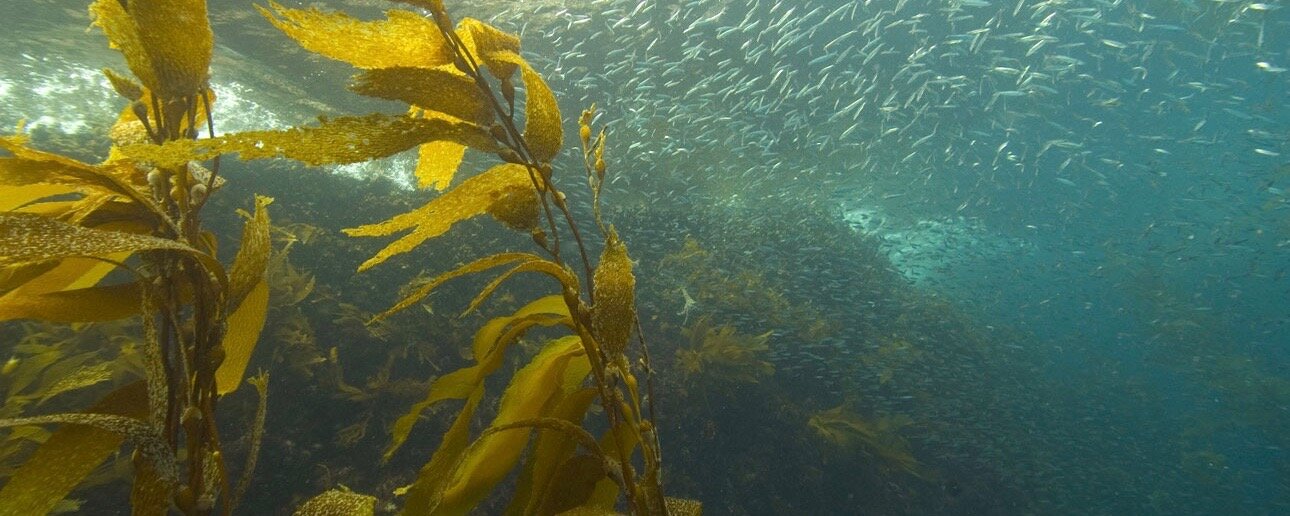Newest Posts

TURNING UP THE HEAT ON OCEAN PARASITES: SINK OR SWIM?
If someone asks you what the most common life strategy on earth is, you might be surprised by the answer. It turns out that some 40% of known species on our planet are parasites. Parasites are organisms that spend at least some part of their life on or in a host species, at that host’s prolonged expense or eventual death. Rarely inspiring respect, parasites are more commonly considered scoundrels and degenerates, exploiting other species in order take the easiest route to reproductive bliss. But there is nothing easy about being a parasite. Many parasites have complex transmission, requiring successive infection of multiple different hosts in order to complete their lifecycle. In fact, that parasitism is so successful in the face of such complexity is a testament to the strategy’s evolutionary elegance. But how will this elegant life strategy hold up to accelerating climate change?

SNAILS FOR LUNCH: HOW RIVER PRAWNS CAN REDUCE TRANSMISSION OF A WORM INFECTION
More than 200 million people in the world are infected by the parasitic worms Schistosoma, which can cause a devastating, organ-damaging disease known as schistosomiasis. Although a safe and effective treatment exists, schistosomiasis has been challenging to control and eliminate. One of the major reasons why is that these worms can survive in the environment in freshwater snails, creating a persistent reservoir of parasites that can infect humans. In a recent study led by Stanford scientist Susanne Sokolow, a research team developed a new method to reduce transmission of Schistosoma infections by exterminating the environmental parasite reservoirs. Their strategy? Releasing river prawns to gobble up the snails that carry these worms.
